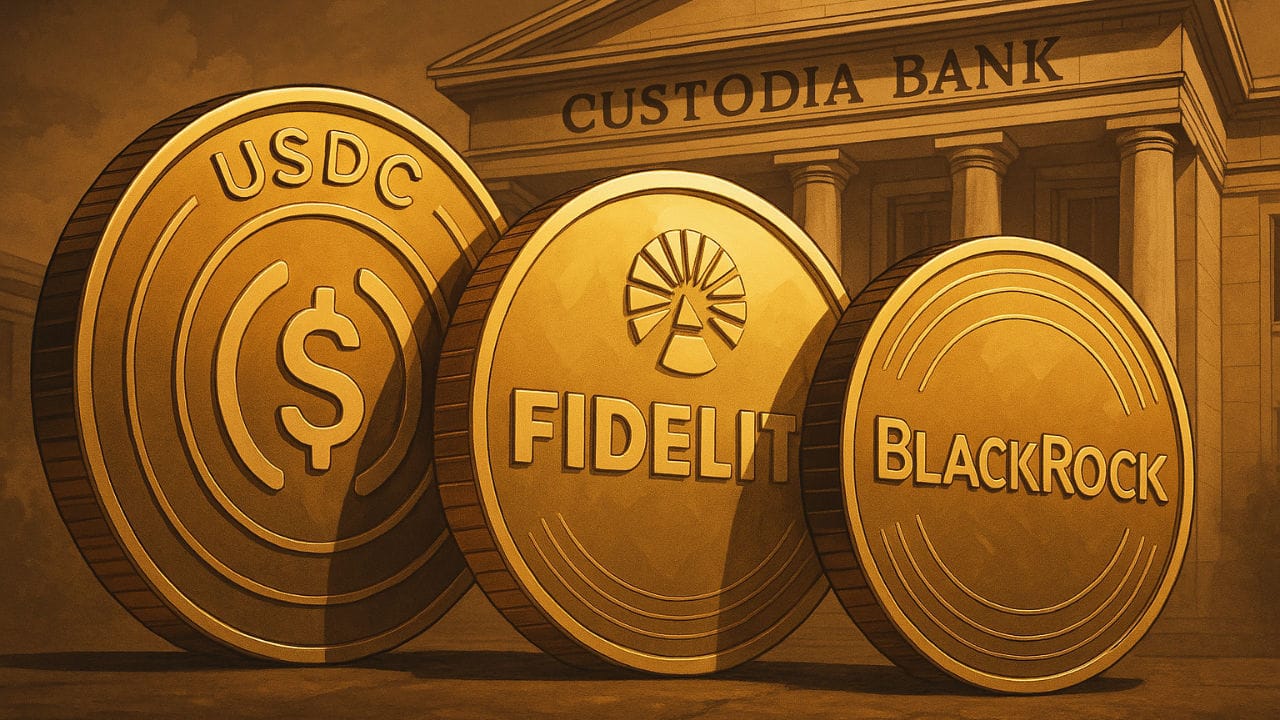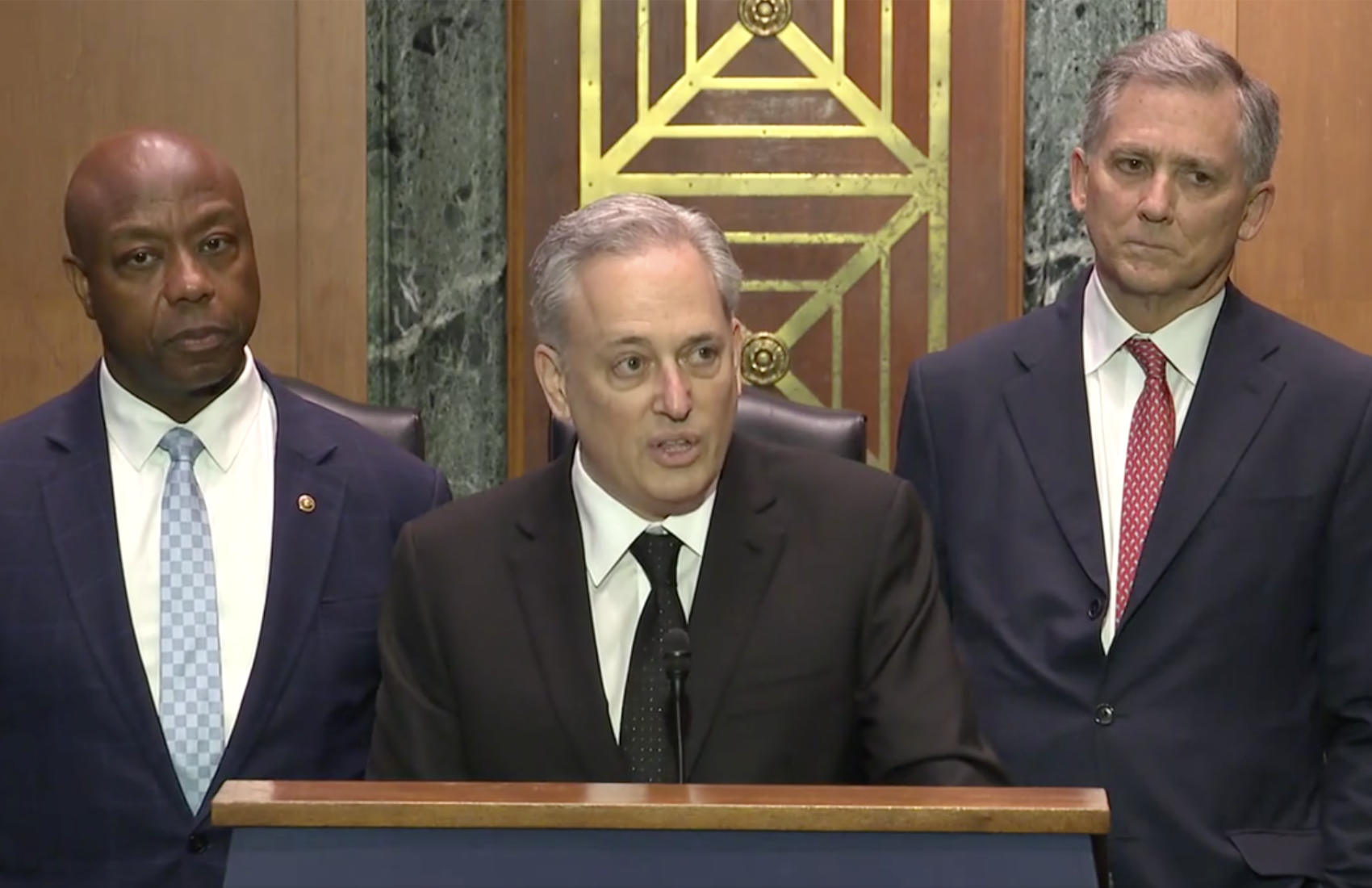Stablecoins: The New Breed of Digital Dollars
Stablecoins have exploded—with Fidelity, BlackRock, and Custodia spearheading a $235B digital dollar revolution. As DeFi hacks and wild token plays unleash chaos, can Bitcoin stand as the last untouchable bastion of true digital ownership?

Peter
The stablecoin market has truly come of age—you only need to look at the heavyweight players entering the space. Fidelity has launched its own dollar stablecoin. BlackRock’s on-chain money market fund, with the less-than-poetic name BUIDL, now holds two billion dollars. And Custodia Bank has become the first regulated U.S. bank to issue dollar deposits on Ethereum. Eight meticulously executed transactions. Cautious, yet, as founder Caitlin Long says, historic.
1/ WE TOOK TERRITORY by issuing the first bank-issued #stablecoin on a permissionless blockchain & it's not what you think. 🧵 below. The real impact is on #tradfi--yes, #crypto took regulatory territory, but #tradfi is the real story in what @custodiabank did w/ @Vantage_Bank. pic.twitter.com/0SueQTrErT
— Caitlin Long 🔑⚡️🟠 (@CaitlinLong_) March 25, 2025
To put things in perspective, all USD stablecoins combined are now valued at roughly $235 billion—more than Ethereum’s entire market cap. Stablecoins have outgrown their niche status to become the killer app of crypto. With the advantages of speed, low cost, global accessibility, and backing from established names, the main concern for companies and regulators—trust—is rapidly fading.
Yet, if you take a step back, the implications run even deeper. The involvement of Fidelity, BlackRock, and Custodia signals a turning point. Stablecoins are no longer a rebellious innovation from the fringes; they’re now an extension of the traditional financial system—more of a takeover than a revolution.
What JPMorgan once cautiously flirted with through its JPM Coin is now being scaled up. BlackRock is placing government bonds on the blockchain. Fidelity is tokenizing the dollar. Custodia is linking bank accounts to Ethereum. And all of this is happening under the watchful eye of the U.S. government, which recently stated that stablecoins can play a vital role in dollar distribution—a counterpart to the digital yuan and even a geopolitical tool.

Is this good news for crypto?
It depends.
Yes, it confirms that blockchain technology is now taken seriously, that the infrastructure works, and there is genuine demand. But it also marks the beginning of the battle over rules, standards, and control of on-chain money.
Stablecoins are essentially digital dollars—they rely on banks, regulations, and a degree of oversight that comes with measured censorship. While they share similarities with crypto, they operate under very different principles. That’s acceptable as long as we recognize what it is: a digital dollar, not digital freedom.
And that’s precisely why bitcoin remains indispensable. Bitcoin isn’t a promise made by an institution; it’s a protocol. It offers digital ownership, not digital credit. It’s not a unit of account imposed on you, but a network that no one can take away.
Stablecoins are convenient, efficient, and full of promise—but relying solely on them still traps you in a digital framework. They may be well-regulated, but they can still be a trap.
As always, the conclusion remains: zero remains the wrong number.
Are you a Plus member? Then let’s move on to the following topics:
- Hyperliquid Under Fire
- GameStop to Buy Bitcoin
- Coinbase Aims to Acquire Deribit
